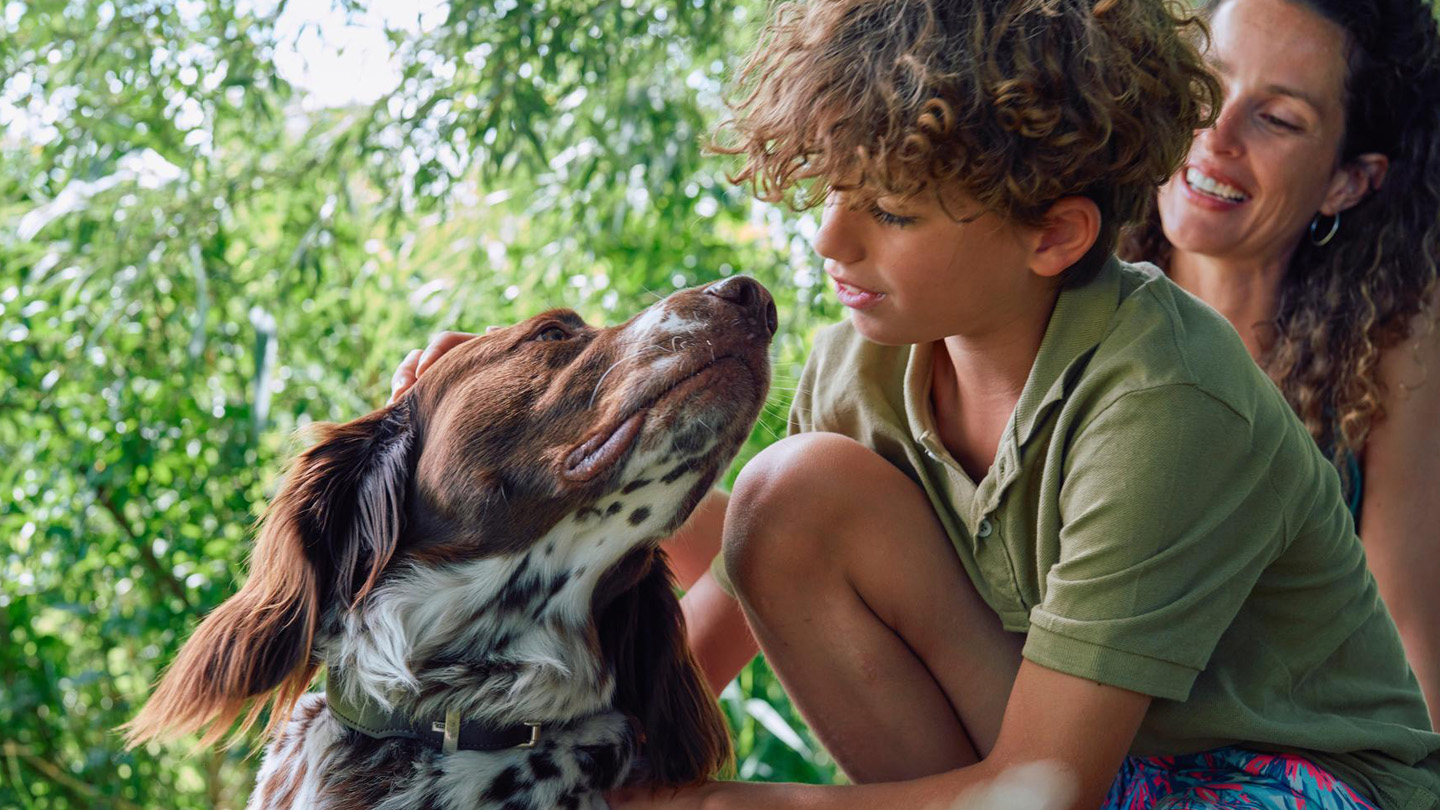Rabies and wildlife: 5 things you should know
Do you know the role wild animals play in spreading rabies worldwide? Find out why this is something you should care about, how you can spot symptoms of rabies and what you can do to protect yourself and your pets.

1. Animals with rabies can still be found around the world
95 percent of all cases of rabies in humans occur in Africa or Asia. So if you live in the US, Europe, or other parts of the world that have thorough pet vaccination programs, rabies may feel like a very distant threat to you. However, the disease has actually never disappeared in these regions. Many wild animals such as bats, raccoons, foxes and others still carry the virus – and with it, the risk of reintroducing rabies.
2. Rabies vaccination is an ongoing challenge!
As long as wild animals still carry the rabies virus, we can never completely eradicate this fatal disease. “When vaccination efforts against rabies let up, there is a real risk that the disease can return, and it can do so very quietly,” explains Joanne Maki, Senior Veterinarian Public Health at Boehringer Ingelheim. “Any time wild animals move around, through animal migration or by being misplaced, they can infect a new area and new animals, including pets” she continues.
Private citizens can do their part to protect human lives by vaccinating their pets. Governments can play a crucial role in the fight against rabies by immunizing wild animals. The US government, for example, drops millions of small packets containing wild animal rabies vaccine doses in rural areas to protect citizens and animals:
3. Pet and wildlife vaccinations play together
Rabid dogs pose the greatest risk to human lives and public health. In 99 percent of cases, dogs transmit the virus and infect humans, usually by biting. In countries that still have high numbers of human rabies cases caused by unvaccinated dogs, the most effective rabies prevention effort is to focus on dog vaccination first. Tackling rabies in wild animals is often a second step to ensure continued protection. Often, different agencies are responsible, with public health institutions being in charge of fighting rabies in pets and agricultural agencies managing rabies in wildlife.

Wildlife experts, veterinarians and human health officials work together in parallel streams. When this collaboration is done right, you can fight the disease very effectively and sustainably,” shares Dr. Maki.
4. The signs and symptoms of rabies are recognizable
Rabid wildlife primarily poses a risk to other wild animals and unvaccinated pets. However, it’s important to know the signs so you can take precautions if you ever come across a rabid animal. There are two different forms, called “furious” and “dumb” rabies, but both are dangerous.
“Animals that have furious rabies vocalize a lot and are active during the day even if they are nocturnal. They are often aggressive, likely to attack, and have no fear of humans,” explains Dr. Maki. Foxes, cats, or dogs often have this form of rabies. In contrast, animals that suffer from dumb rabies look apathetic, weak or paralyzed. Usually, dumb rabies manifests itself in cows, sheep and horses. “You should keep your distance whenever you observe any of these behavioral patterns in animals and immediately call animal control,” emphasizes Dr. Maki.
5. You can take concrete action to mitigate your pet’s risks
There are things you can do to minimize your own and your pet’s risk of being exposed to rabies. Here are some easy tips:
- Don’t ever leave dog or cat food outside. This attracts wildlife, potentially putting your pet at risk
- Don’t feed wild animals. You’ll draw raccoons, foxes, coyotes, and other wild animals from their natural habitat into populated areas.
- Report an animal that is acting strangely to animal control or the police. Don’t hesitate to get somebody involved! If an animal attacks you, call the police for help.
- Above all, keep on vaccinating your pet!
Talk to your vet about getting your pet vaccinated if you haven’t yet.
Rabies is a deadly disease, but it’s also preventable. Vaccinating both pets and wildlife plays a crucial role in protecting communities, families, and animals.
Related Content

10 things to know about rabies

Rabies: The Revolution Wears Green Collars


